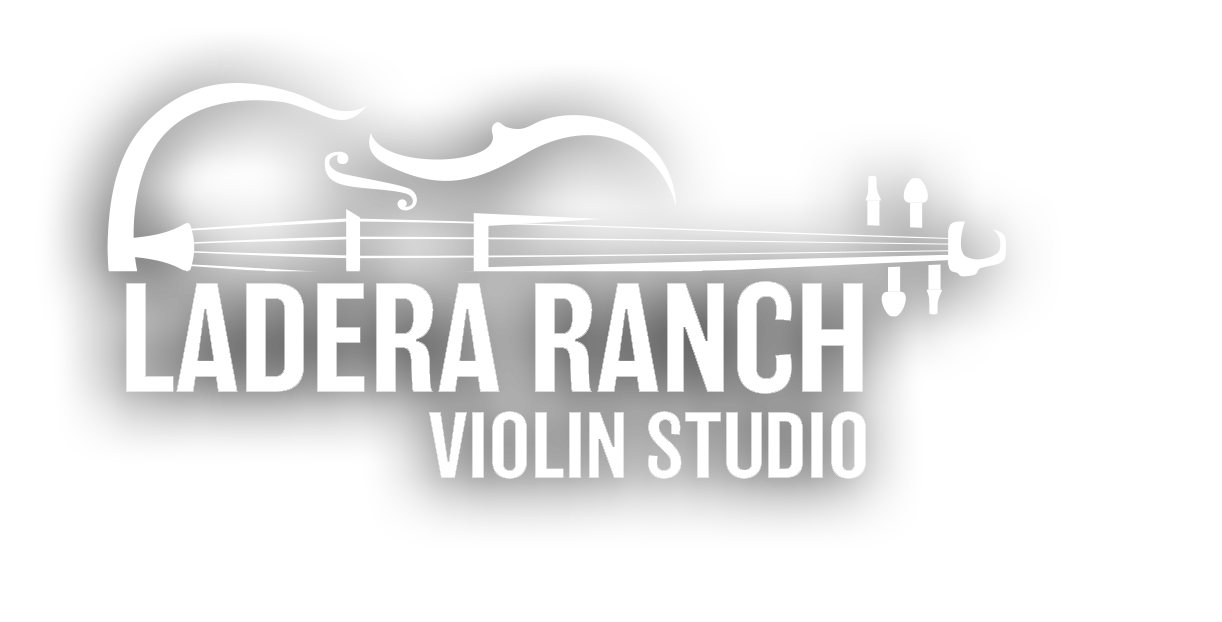Why start violin so young? Reason #5
We did it again. Another holiday concert in the mall, featuring kids of all ages dressed in slick black pants, crisp white shirts, and red santa hats, playing Christmas Carols on violins of all sizes. The sound is beautiful and the shoppers stop to take it in before heading off to buy one more present. But then it happens- the very smallest violinists take their place on the stage in front of the others, and the crowd is captivated. These are the 3-5 year olds, and each has a tiny violin…1/16 the size of a full sized instrument, playing right along with their older siblings and classmates. Honestly, there is nothing more adorable!
But is starting violin lessons at such a young age really necessary? Or is it just another way for zealous Tiger Moms to overbook their young children? Isn’t that a lot of unnecessary pressure?
Though it could appear to be pushy, there really are many legitimate reasons for starting violin at a young age. When looking at the most proficient violinists of the past century, you would be hard pressed to find one that did not start at an early age. Heifetz was two, Joshua Bell and Midori both started at three, Hilary Hahn received her first violin one month before her fourth birthday, and Itzhak Perlman started at the ripe old age of five!
Over the next few articles, I will be counting down the top five reasons for starting your child’s musical journey at a young age. Today we start with number 5 - the physical challenges of the violin.
Unlike the piano, harp, or most wind instruments, the violin requires each hand to be doing something completely different at the same time. The left hand must be placing fingers in exactly the right spot (on a fretless fingerboard no less), while the right hand is steadily and gracefully pulling the bow across the strings to create sound.
This is where the violin gets its reputation of being “the most difficult instrument.” The truth is, mastering any instrument is a difficult task, but starting the violin is markedly more difficult than others. Where a child could sit at the piano and play a few notes at their first lesson, it could take weeks before that same child could play a single note with the bow, and many more weeks or months before making a beautiful sound.
Starting at a young age gives the child the chance to develop the coordination and flexibility required by the instrument even before they learn to read a single piece of music. Just as children learn to speak before they learn to read, so the child can learn to play beautifully, mastering the physical difficulties, before they have to worry about reading music. Starting young gives their bodies enough time to make the awkward position and difficult motion become quite natural.
